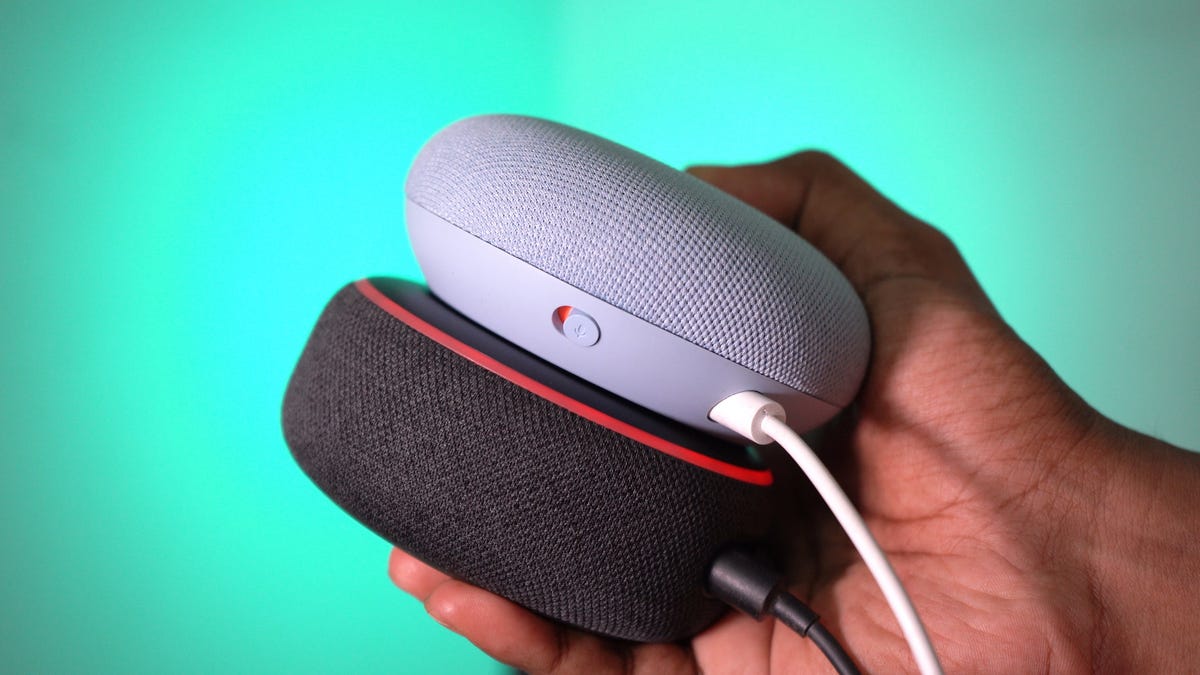
A virtual assistant can call and text people, turn off the lights, play music or TV shows, start your coffee maker in the morning, and so so so much more. In short, a virtual assistant makes your life easier. If you’ve already written off Apple’s Siri, your top two options are Alexa and Google Assistant. But which is better?
As with any comparison, some features are objectively better, while others are more subjective based on a specific user’s needs. Both Alexa and Google Assistant have areas where they shine and areas where they could clearly use some work.
Alexa is the better pick if you want to create a dynamic smart home ecosystem, but it’s pretty difficult to take Alexa’s assistant capabilities when you leave your home. You can specifically buy a smartphone with Alexa built-in for a full experience, but otherwise, you have to download the Alexa mobile app (Android/iOS) and open it anytime you want to give a command through your smartphone.
If your main uses for a virtual assistant need to be carried out on your smartphone—and you have a newer Android smartphone—Google Assistant is your best bet. On smartphones running Android 5.0 and above, Google Assistant is integrated, allowing you to say “Hey, Google” and give a command or ask a question without opening an app first.
But that’s just the TL;DR for this comparison. If you want all the nitty-gritty details, we compared Alexa and Google Assistant in a variety of different ways to see which one came out on top in specific categories.
Privacy
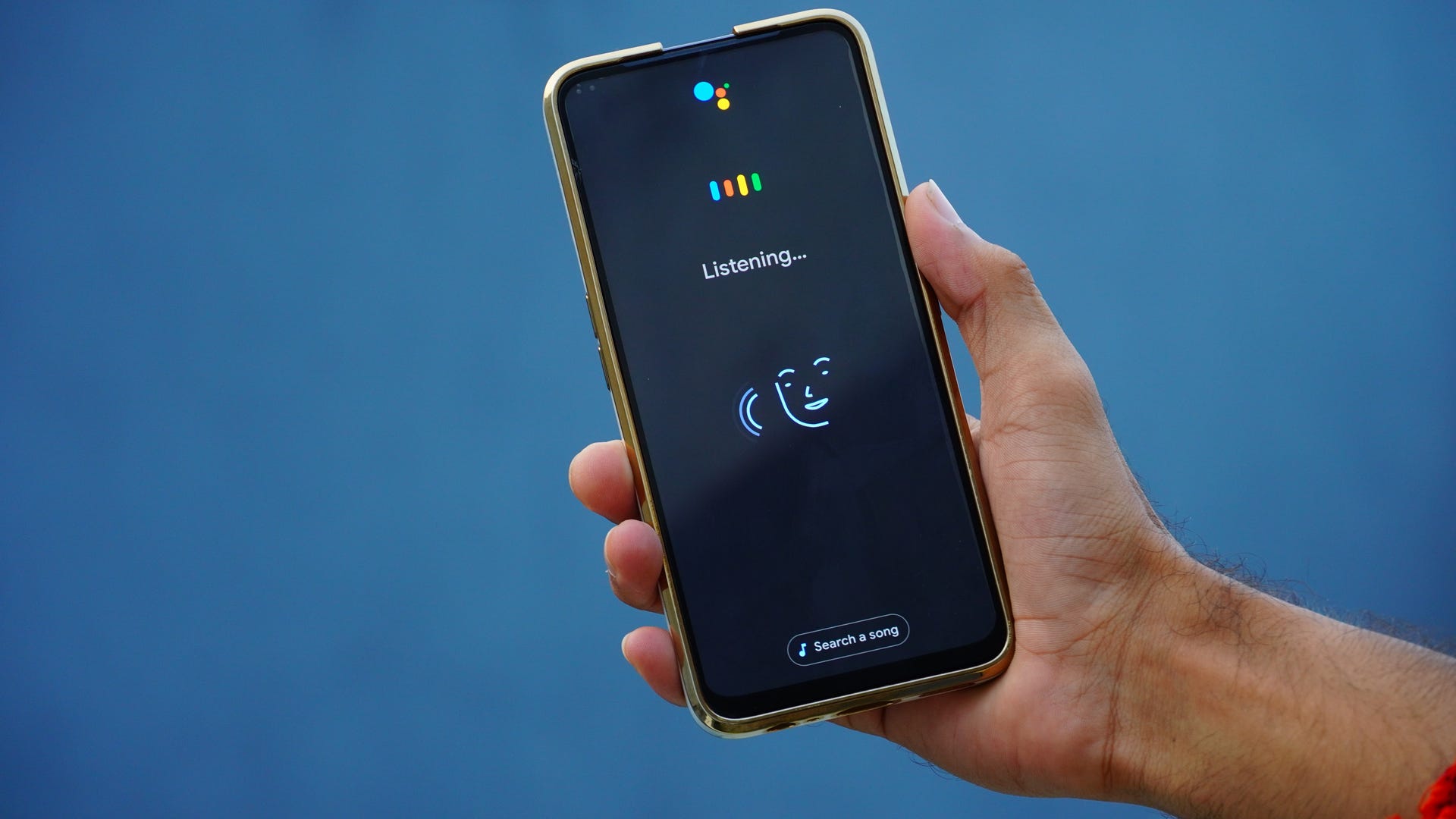
No matter which voice assistant you opt to use, they’re almost equal in terms of privacy. They’re always listening for their wake word or phrase in order to be at your beck and call—which means they’re listening at all times just in case. Virtual assistants are generally more helpful than they are invasive, but it can still be a bit strange to have a device that’s constantly monitoring its environment for its wake word.
Amazon has stated that nothing is recorded unless the Alexa’s wake word is detected first. Even then, the voice recordings are only kept to improve future requests and overall functionality. Google, on the other hand, does not save your audio recordings on Google servers by default. If you turn this feature on and allow recording, Google Assistant works just like Alexa, only recording your voice and your requests once its wake word is detected.
And even then, both companies allow you to delete any and all voice recordings through a companion app or by making a verbal request to the virtual assistant—ironic, right? That said, Google seemingly has a slight edge over Amazon here because the company makes it easy to turn off voice recording at any point and set up your data to auto-delete after a specified time limit. While Amazon lets you view and delete any recorded data from Alexa, there’s no way to stop it from recording after its wake word is detected—unless you manually turn the mic off.
Many smart devices with a built-in assistant now come with microphone-off buttons, letting you physically turn it off and not worry about whether it’s still listening. If you have a smart display with a camera, there’s typically a privacy shutter, so you can make it impossible to see anything even if the camera is turned on. There are also usually light or sound indicators that indicate when a virtual assistant detects its wake word.
Languages and Accents
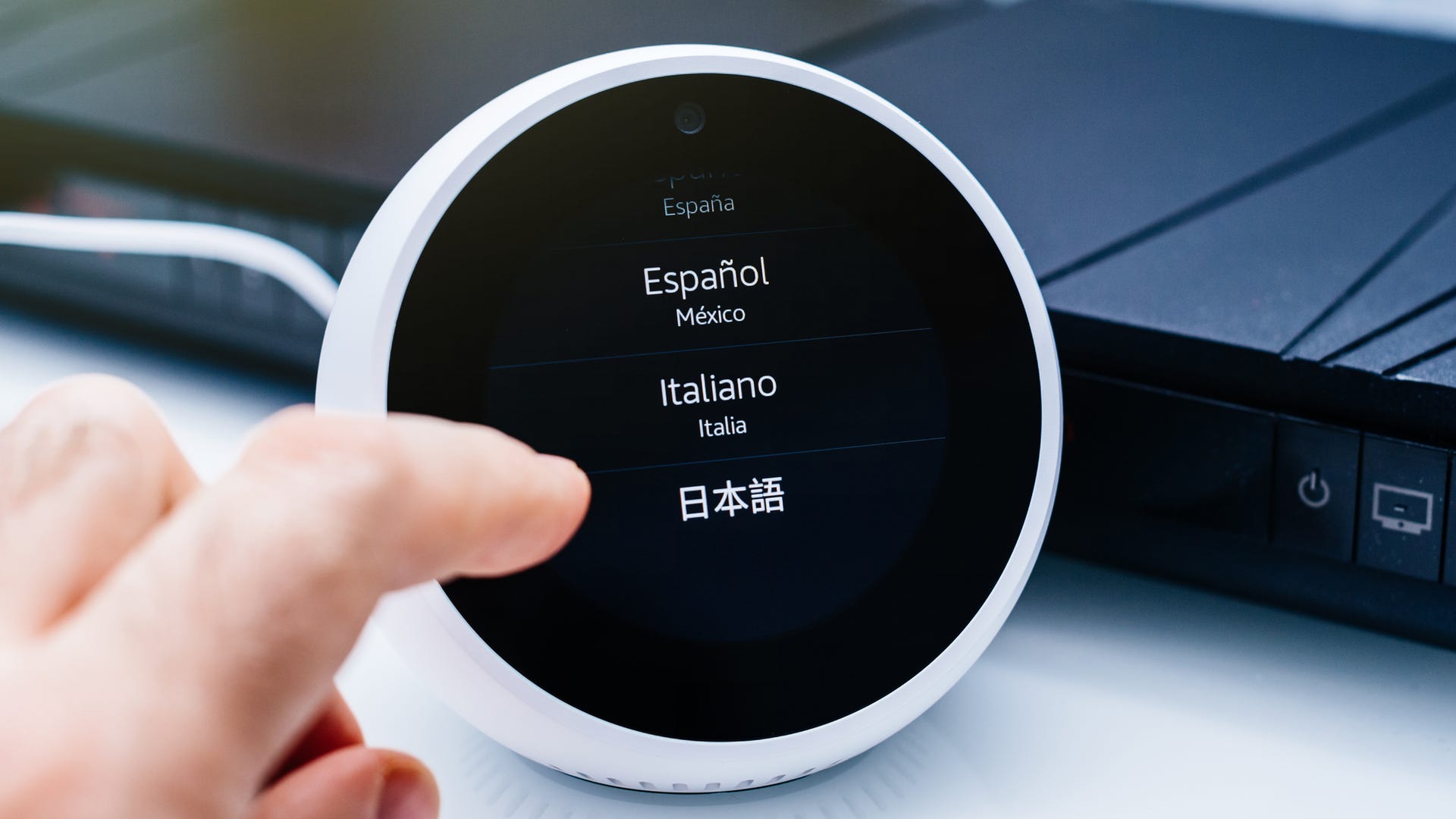
According to Google’s developer site, Google Assistant can currently recognize speech and actually respond back to you in nine different languages, though some of these languages have dialect variations. For example, there’s English for the United States, but also dialects for Australia, Canada, India, and the United Kingdom. However, within Google Assistant’s settings on a smartphone, over 20 languages pop up, and you can add up to two languages in your settings if you regularly swap between them when giving commands.
The languages available through Google Assistant vary based on which country you’re in, though Google still offers more variety than Alexa does at this time. Keep in mind that Google has its Translate program, which has been around for years. Using all that data, Google is able to offer more and can even translate verbal commands that are pretty accurate.
Neither Google Assistant nor Alexa are great at handling strong accents, but they’re getting better. It could be argued that Google Assistant is slightly further along in recognizing accents simply because of its experience with the Translate app, but the difference is minimal.
Amazon’s developer website also lists nine different supported languages for Skills, with various dialects as well. The company says that customers who interact with Alexa in one of its supported languages can use Skills that support that language. For example, if a customer sets their Alexa device to use German, they can use any published Skills that support the German language. In some areas, Alexa also offers customers the option to add a second language, just like Google Assistant.
Smart Device Compatibility
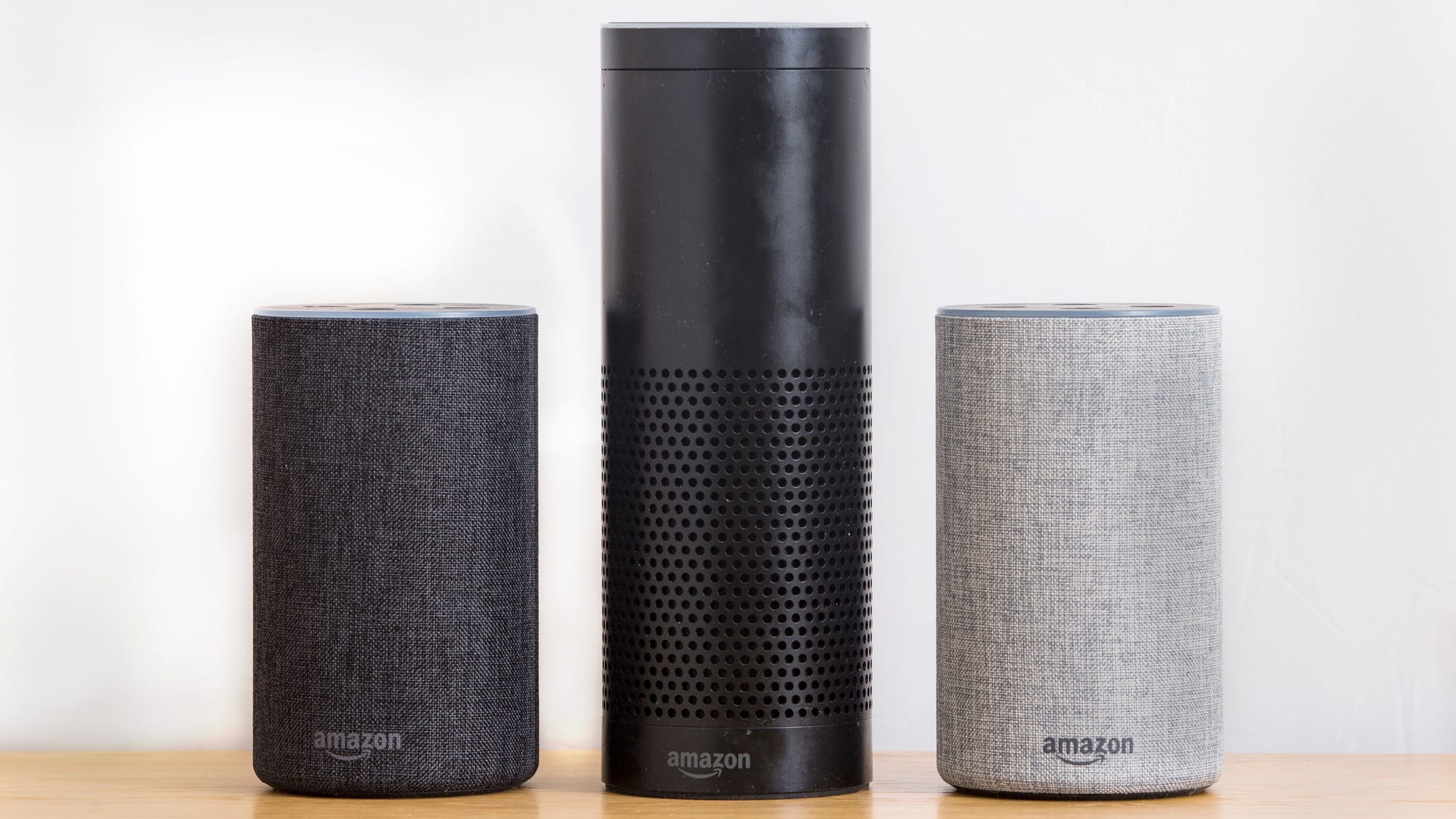
Alexa is quite obviously compatible with devices designed by Amazon, like the Echo Dot, Echo Show 5, and Echo Studio. Some combination of these devices is pretty necessary if you want to create a smart home ecosystem and run it with Alexa. But Amazon doesn’t make a smart air fryer or coffee maker—at least, not yet—and those devices aren’t always compatible with Alexa. However, you can usually find more Alexa-compatible devices than you can find devices compatible with Google Assistant.
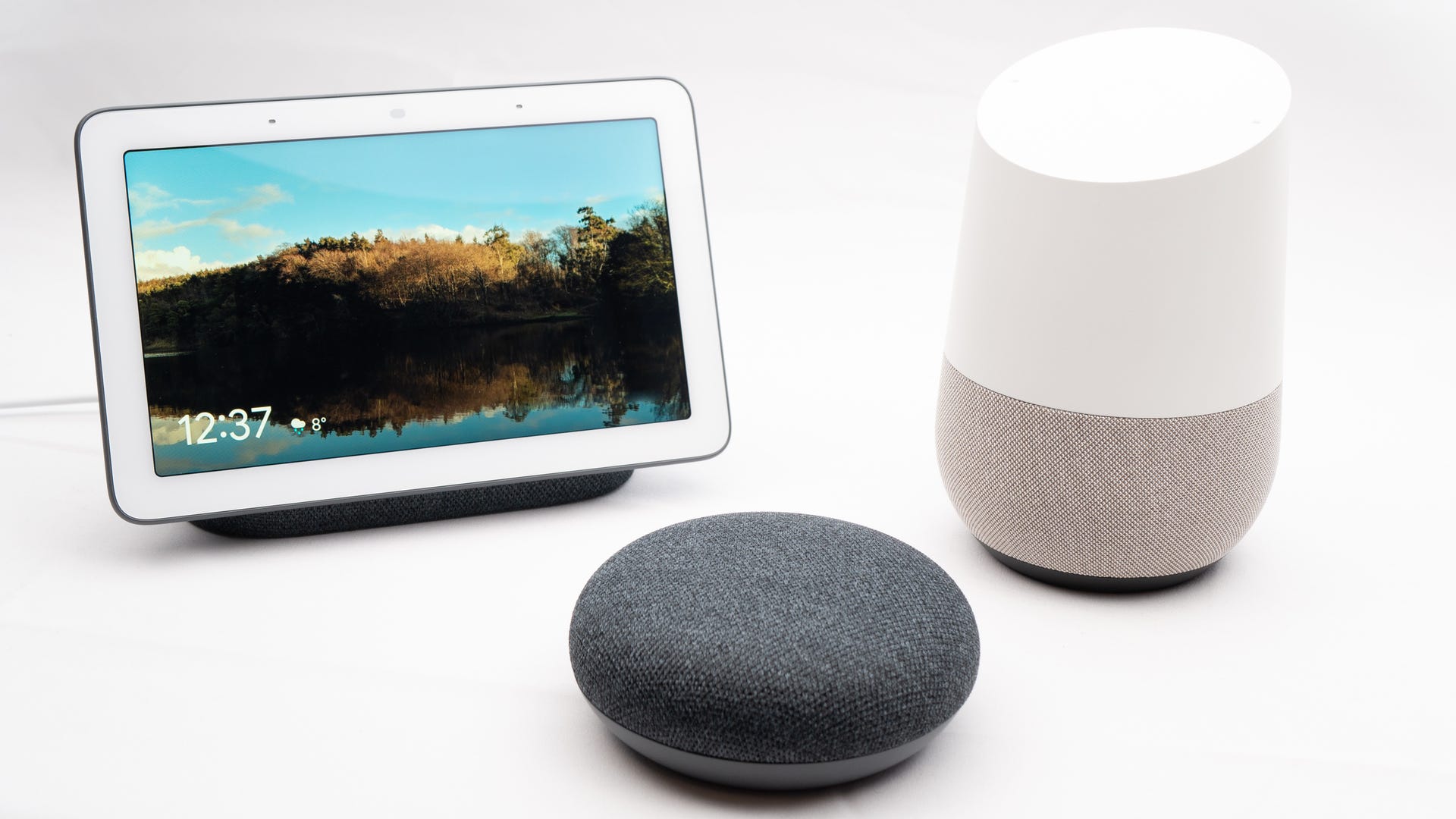
Google Assistant is built into almost all Android phones and is compatible with any smart device that you can find on Google’s website. This includes Nest Smart Speakers, Smart Displays, Streaming devices, Wi-Fi devices, Door locks, Thermostats, Doorbells, Cameras, and more. While Google has developed its Nest products to include a wide array of helpful smart devices, Amazon has acquired existing companies to fulfill similar needs, like Ring, Blink, and iRobot.
According to reports from Statista, there are over 100,000 devices that are compatible with Alexa and over 50,000 devices that are compatible with Google Assistant. While 100,000 is a huge number, so is 50,000. That might seem like a silly statement, but it’s worth saying because Google Assistant is still compatible with a huge collection of devices. And in more ways than one, Google Assistant is currently smarter than Alexa and built into more Android phones at the moment.
Questions and Commands
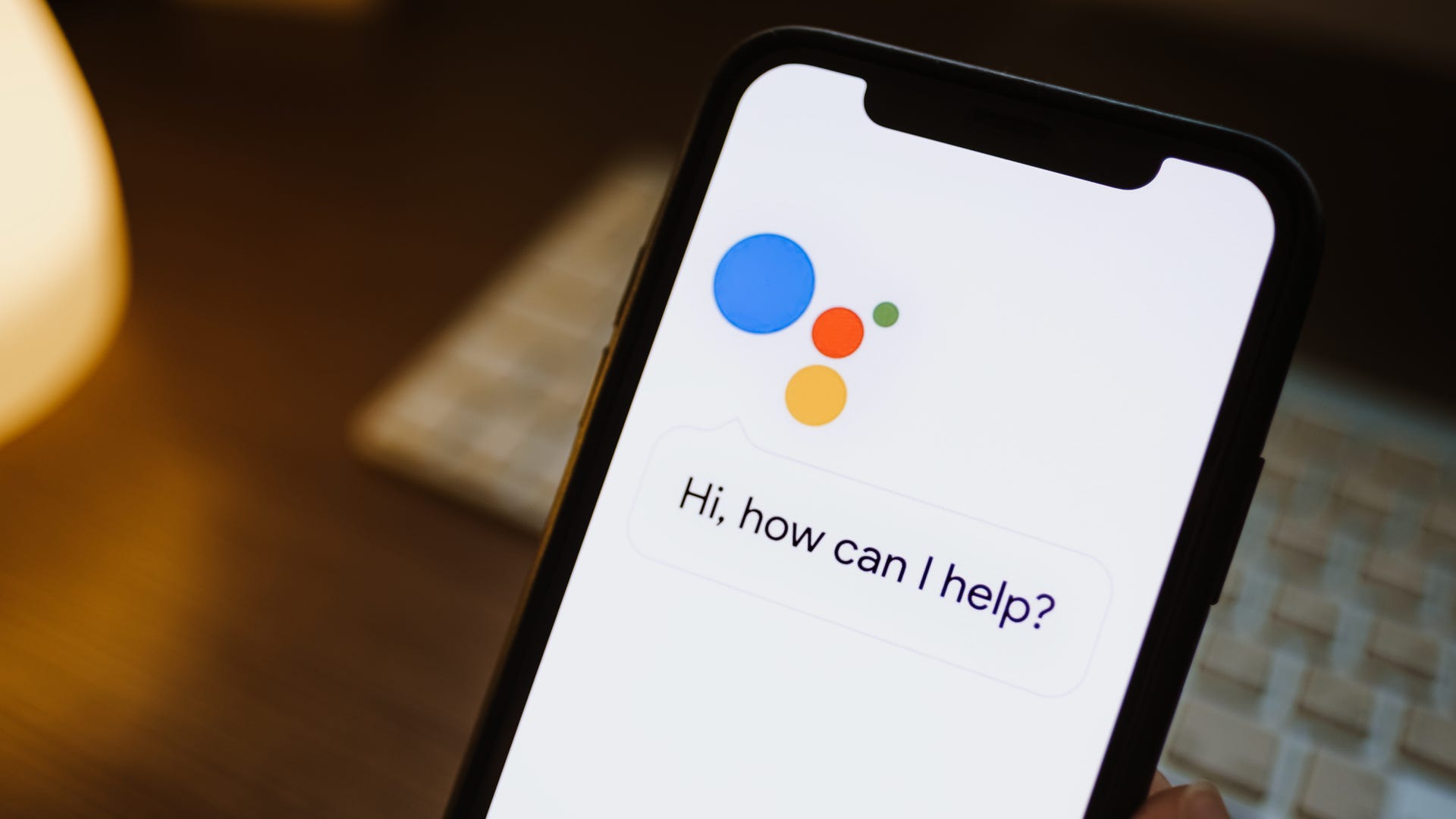
Most virtual assistants have no trouble answering basic questions—“What’s 2 + 2?” :Why do dogs pant?” “What year did man first go to space?”—or following simple commands—like “turn on the bedroom lights,” “play my study playlist on Spotify,” or “call Mom.” But what about more complex questions and commands? To test the limits of each virtual assistant, it’s wise to ask two questions wrapped up into one or simultaneously give two separate but related commands.
In 2018, we made Alexa, Google Assistant, and Siri battle it out in a simple question face-off, and their answers to every question were practically the same. Four years later, these answers are probably even more similar. It’d be impossible to dive into every question you could possibly ask Google Assistant or Alexa, but we’ll definitely check out a few general knowledge areas where virtual assistants have proven themselves most helpful.
Navigation

A good virtual assistant can get you anywhere you need to go, whether it’s a car repair shop or the nearest Starbucks. Google Assistant and Alexa are both well-equipped to give you traffic info on your regular commute or act as your navigator in a new area. That said, Google Assistant seems to do a better job at accurately estimating traffic conditions and route times—there’s a reason Google Maps has over 10 billion downloads, just on the Play Store—as well as offering better assistance for public transit.
Even though Google Maps is the popular navigation choice for many Android users, you don’t have to set it as your default in order for Google Assistant to give reliable guide info. As an example, if Waze was your preferred navigation app, Google Assistant would send route info to that app and not its proprietary Maps app. Plus, while you can bring Alexa along in the car with you, it’s admittedly more difficult than bringing Google Assistant.
Taking inspiration from our question face-off in 2018, we asked Google Assistant and Alexa a few navigational questions and recorded their answers:
“How far of a drive is it from Los Angeles to New York City?”
- Google Assistant: “It’s 2,788 miles to get to New York from Los Angeles by car.” Then, a map overview pops up, along with the main highway you’ll need to take and how many total hours the drive will be.
- Alexa: “From Los Angeles, New York is 2,791.3 miles away by car.” Alexa’s original answer to this question in 2018 was: “Sorry, I couldn’t find what you’re looking for.” In addition to Alexa’s response, you’ll also see the main highways you’ll be traveling on and how long in hours and minutes the trip will take.
“Where’s the nearest Starbucks?”
- Google Assistant: “I found a few Starbucks locations near you.” Google Assistant shows a map overview and highlights the closest three locations, showing their info card that you’d typically see on Google searches—with operating hours, business address, how many miles away it is, and quick access buttons to call the business or map your way there.
- Alexa: “The nearest Starbucks is 0.3 miles away on Highway 377 E.” Then, Alexa also includes some visual info pulled from Yelp, including an image, star rating, full address, phone number, hours of operation, and a clickable link to take you to Yelp.
“Where can I get my car fixed?”
- Google Assistant: “I found a few places near you.” Then, Google Assistant displayed all sorts of helpful info, including a map view (from Google Maps), the top three options and all their business info, and a few possible responses to help you finish your command. For example, Google Assistant suggests you could respond with “The closest one” or “Auto repair shops” instead of what you originally searched for. The places Google Assistant showed me were labeled as auto repair or truck repair shops.
- Alexa: “I found a few options for that. There’s the Car Store 211.5 miles away on [street name], Car Store 225.5 miles away on [street name], and Car Store 227.5 miles away on [street name].” Although Alexa only names three places—which is still way too much—five are displayed on the screen along with their Yelp info. Plus, the Car Store is a used car dealership, so I guess Alexa’s solution to fixing your car is to buy a new one. Okay, the Car Store does perform some car services, but only for their customers.
Kitchen Assistance
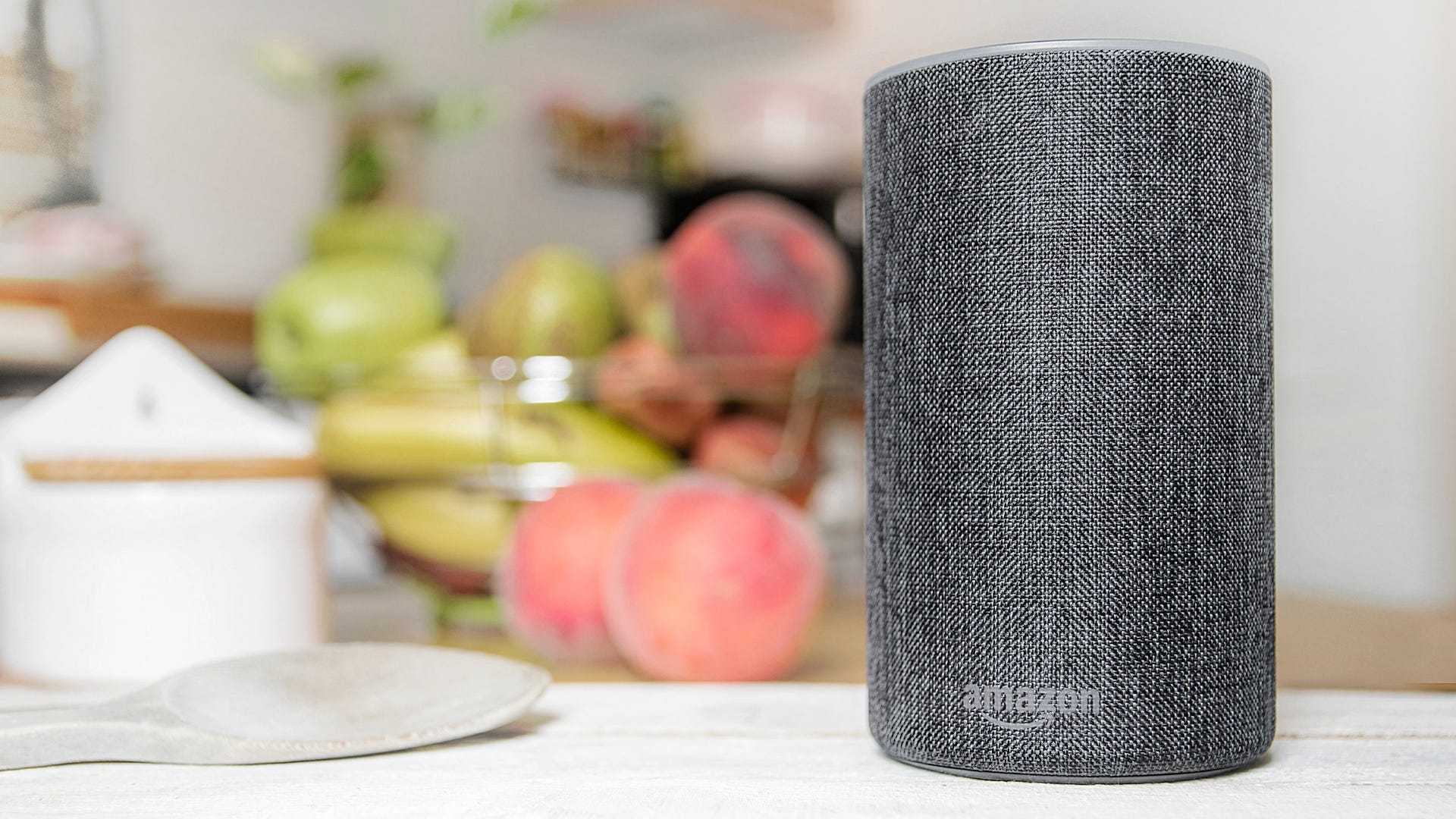
Alexa and Google Assistant make it easy to go hands-free in the kitchen, which is great because your hands aren’t always clean enough to touch your phone while you’re cooking or baking. However, both virtual assistants are only truly helpful if you have a smart display and not just a smartphone.
With a smart display, Google Assistant and Alexa can find a recipe for you, read the ingredients and instructions aloud, and repeat anything you need during the cooking or baking process. If you only have a smartphone, both VAs can find you a recipe but can’t do much past that. After asking Google Assistant to find a recipe for chocolate chip cookies, four of the most popular results—from the first page of Google search results—displayed on my screen as clickable links. Alexa was a bit more helpful, but not by much.
After Alexa found a chocolate chip recipe, she gave a few different response options: “Start recipe, send to phone, add to list, or hear next recipe.” Responding with “start recipe” then prompted Alexa to ask if she should list the ingredients or the instructions. While all of this sounds promising for Alexa as a kitchen assistant on a smartphone, that’s unfortunately not the case. Whether saying “gather ingredients” or “hear the instructions,” Alexa would start off strong and then just randomly close the conversation.
If you don’t have a smart display in your kitchen—like an Echo Show 5 or a Google Nest Hub—you can still use Alexa or Google Assistant on your smartphone to help you out. You can ask your virtual assistant to set a timer, control a smart kitchen device that’s been connected, or play music, so you’re not bored while cooking.
Contacting People: Calls, Video Chats, Texts
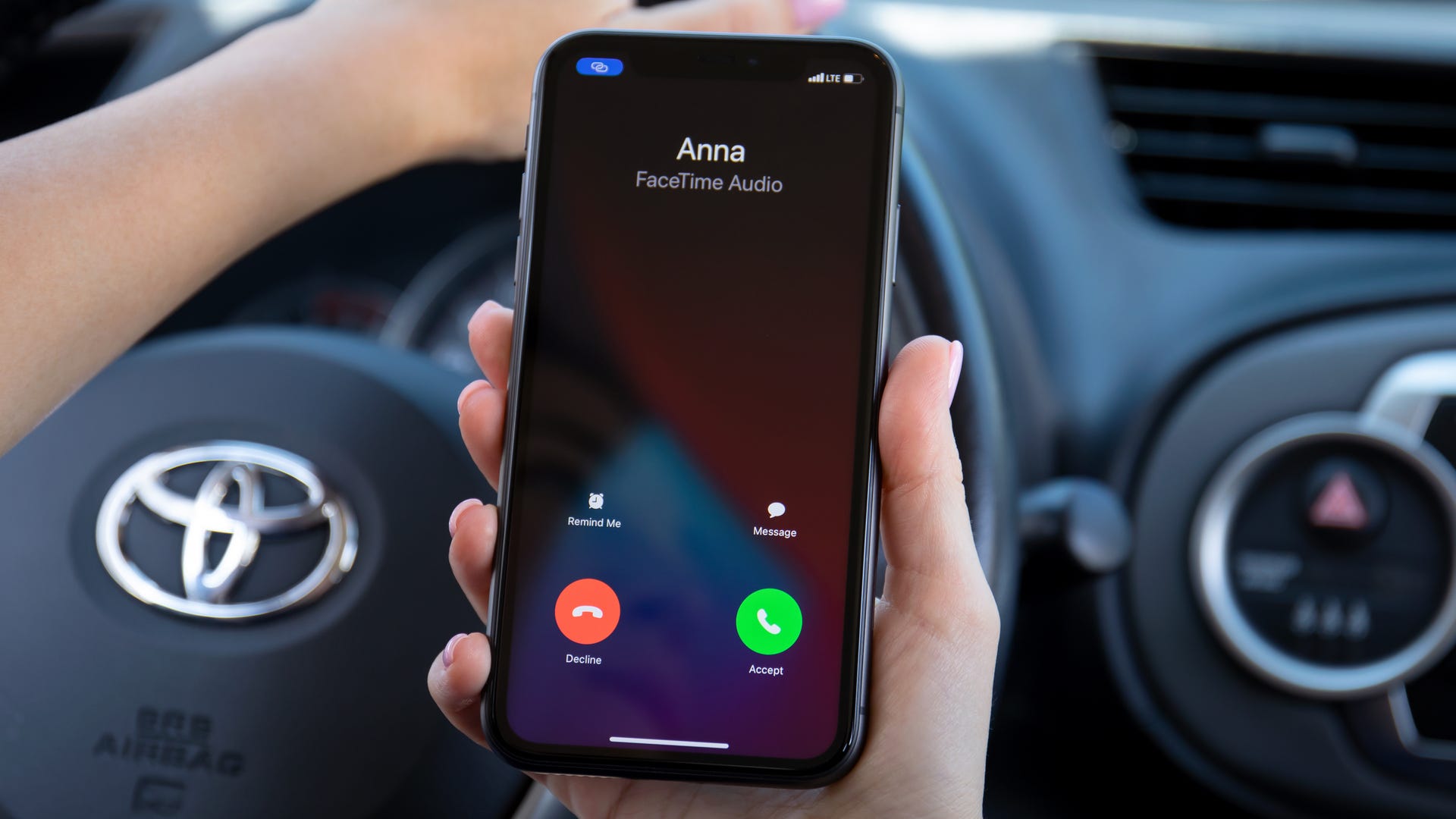
Texting, calling, and even video-calling are all pretty basic functions of any smartphone nowadays, so it makes complete sense that Alexa and Google Assistant are both able to perform these commands. You can even send texts and make phone calls—and video calls if it has that functionality—free of charge, whether you just have an assistant’s mobile app, an Amazon Echo device, or a Google Nest device.
Regardless of whether you’re contacting someone from a mobile app or another smart device, virtual assistants need access to your contacts for this feature. While you don’t have to provide your phone number to Google Assistant for calls, Alexa requires you to—though you can hide your Caller ID. However, if you don’t give your phone number or allow it to be shown, your Caller ID will show up as “Unknown,” “Private,” or “Anonymous,” and the person you’re calling might not pick up.
Sending text messages via Google Assistant is as simple as saying its wake word, “Send text to Mom,” and then speaking your message. As long as you have Google Assistant enabled, it’ll detect your default messaging app, find the correct person in your contacts list, and send a message hands-free. If you have another messaging app installed—WhatsApp, for example—just include the app’s title in the command: “Send a WhatsApp message to Mom.”
Alexa handles texting a little differently. Both the sender and receiver of text messages need to have the Alexa app installed and a supported operating system on their phone—iOS 10.0 or higher and Android OS 5.1 or higher. Alexa isn’t integrated into Android phones like Google Assistant is, and it’s not able to send a message via WhatsApp, GroupMe, or really any other messaging app unless you specifically set something up through IFTTT.
Music, Podcasts, and Other Entertainment
If you have a subscription to popular music streaming services, like Spotify or Pandora, and media streaming services, like Netflix or Disney Plus, you should have no issues playing your favorites with a voice command to Google Assistant or Alexa. Though both virtual assistants can carry out these types of commands via a smartphone, your experience will be even better if you own a smart speaker or a smart display.
It’s important to note that you have to integrate any services that you want to control with Google Assistant or Alexa. Yes, they are smart virtual assistants, but they’re not that smart. If you have an Android phone, Google Assistant can open a lot of apps that you’re already logged into, but you’ll still need to declare a preferred music app for it to always play your songs there. Or, you can specifically include the app’s name in your command.
It’s also worth noting that most virtual assistants can’t connect to media streaming services on a smartphone. Google Assistant on Android phones, again, is an exception. Because all Android phones automatically come with Google Assistant support, it can open an app you’ve downloaded when you request it and sometimes carry out a specific command within the app.
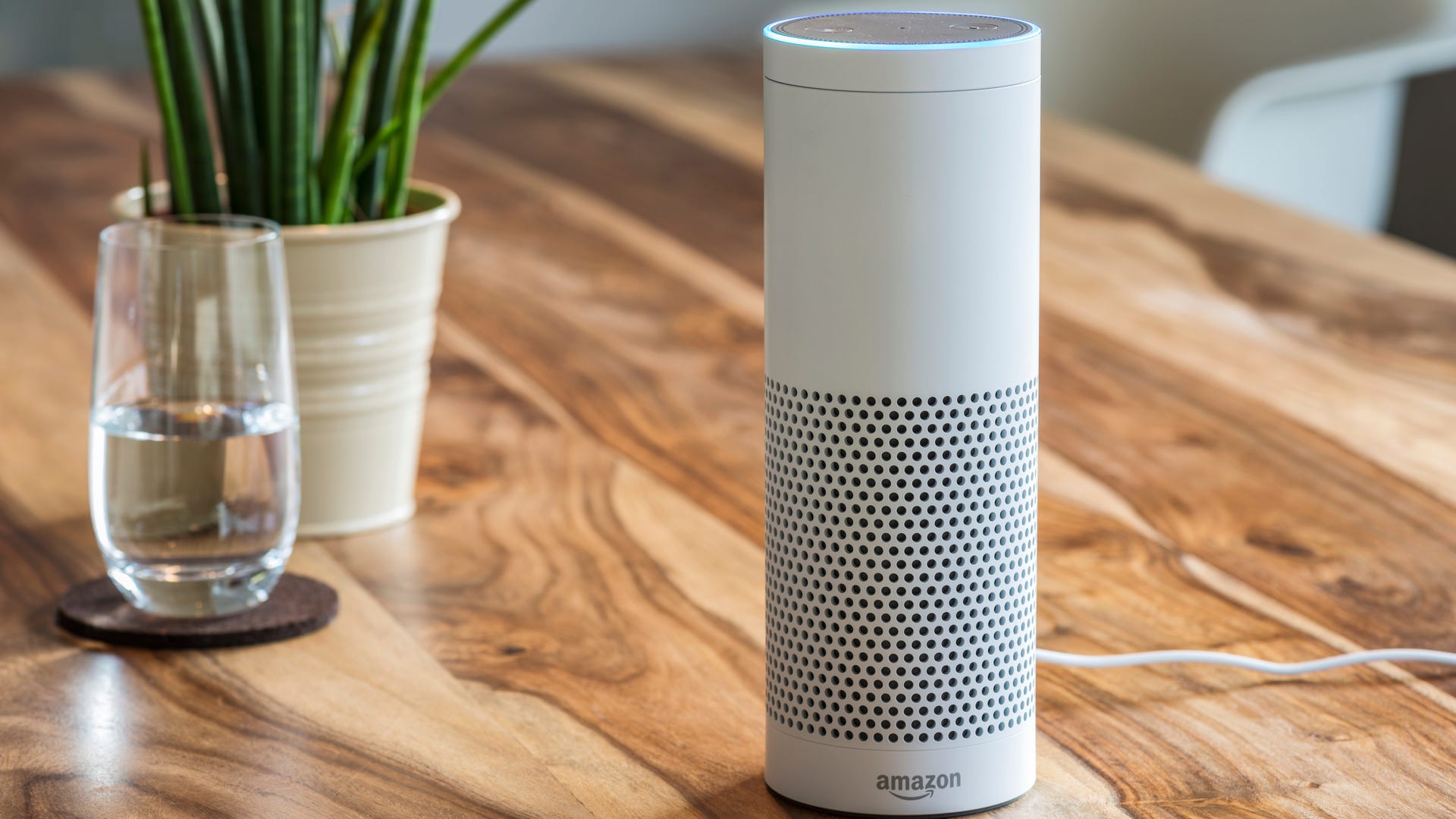
“Can you show me showtimes for a nearby theater?”
- Google Assistant: After processing the request, 10 different movies popped up with their cover art and genre(s). Tapping one of the available movies opened up a lot of options and prompted Google Assistant to spew a few details out on who starred in and directed the movie. You could tap on Showtimes to see nearby movie theaters and showtimes and on Reviews to see the movie’s overall score on Rotten Tomatoes, IMDb, and Letterboxd.
- Alexa: “Here are a few movies playing near you today. Ticket to Paradise, Black Adam, Black Panther, Wakanda Forever, and One Piece Film: Red. If you’d like to hear more, ask me to tell you more.” After Alexa finishes this spiel, she doesn’t wait for a response before closing the conversation.
“Play NCIS on Netflix.”
- Google Assistant: While Google Assistant didn’t actually respond to this request, it processed it in a few seconds and loaded up NCIS on Netflix. Plus, it didn’t just start the series from the beginning; it resumed an episode from Season 12 that I was in the middle of.
- Alexa: “Sorry, I can’t handle this request yet.”
“Play Told Me Not To Worry on Spotify.”
- Google Assistant: “Playing the album Told Me Not To Worry on Spotify.” The song instantly started playing through Spotify.
- Alexa: “Playing Told Me Not To Worry by Alayna Grace on Spotify.” The first time Alexa tried to process this request, it added the song to the queue and resumed the current song that was playing. After clearing the queue and trying again, Alexa started playing the correct song.
“Can you find and play study music on Spotify or YouTube?”
- Google Assistant: “I can show you images if you’d like.” After saying this, Google Assistant then opened a playlist on YouTube titled Intense Studying Spotify – Deep Focus. This was a complicated request designed to test each virtual assistant’s ability to either choose between two apps or ask for clarification. Google Assistant handled the request much better than Alexa.
- Alexa: “Sorry, I’m not sure about that.” When shortening the question to only include Spotify, Alexa started playing a study playlist on Spotify. Only including YouTube in the question resulted in the same answer of “Sorry, I’m not sure about that.” When asked if she could play study music on YouTube, Alexa pulled up the YouTube app and searched study music, saying, “Here’s what I found.”
“Play the next podcast episode of The Little Dum Dum Club on Spotify.”
- Google Assistant: “Here’s The Little Dum Dum Club with Tommy & Karl on Spotify.” The most recent episode of the Australian comedy podcast started playing after 10 seconds or so. While this podcast has gained a substantial following over the years, it’s still not a super well-known podcast around the world, so it was impressive that Google Assistant could find it and play an episode.
- Alexa: This seemed to be a confusing question for Alexa. Instead of completing the actual request, Alexa played the next song from the study playlist mentioned above. A second attempt resulted in the same thing. Alexa simply skipped to the next song in the study playlist on Spotify.
Routines: Alexa vs Google Assistant
Creating viable routines that actually support your everyday life is an area where Alexa shines, and Google Assistant, unfortunately, doesn’t. As our editor-in-chief, Josh Hendrickson, puts it: “Google is frustratingly, horrifyingly bad at [supporting routines].” That’s not to say you can’t set up a great routine with Google Assistant, but Alexa is able to create more dynamic routines that almost anticipate your desires, whereas Google Assistant excels solely at simplistic routines.
If you want to read more about the difference between routines with Alexa versus Google Assistant and why exactly Google Assistant fails so hard at routines, we’ve got you covered.
